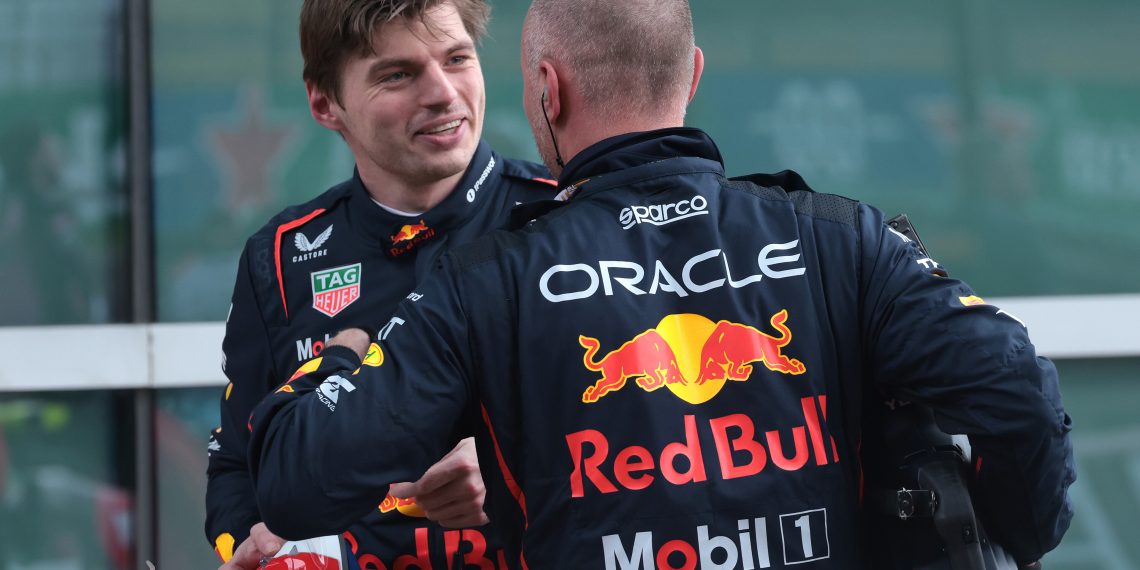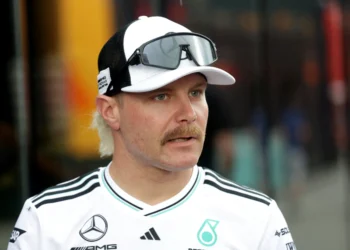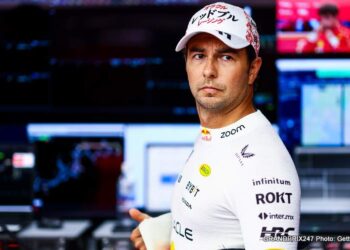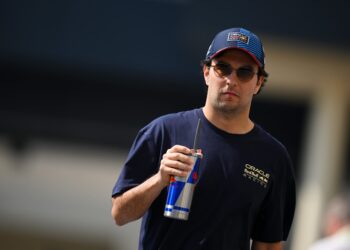A potential decision by the Red Bull Formula 1 team to drop Liam Lawson could spell out a dire message to Max Verstappen. Verstappen, undoubtedly, would view such an action as a grave mistake, given that Lawson has only participated in two grand prix races for Red Bull. The threat of another teammate’s departure looms large, and the reason seems rooted in their inability to match Verstappen’s performance levels or quickly adapt to a car riddled with flaws.
If Lawson is indeed sidelined in the near future, it would confirm to Verstappen that Red Bull remains oblivious to the inherent issues plaguing their racing vehicle. Verstappen has been vocal about the car’s shortcomings for years, often feeling unheard. Even after Red Bull appeared to finally address his concerns last year, the RB21 has failed to evolve into the vehicle Verstappen had envisioned.
This doesn’t mean the car is slow. On the contrary, Verstappen has shown its potential to reach impressive speeds. However, the car’s persistent lack of grip on both axles, coupled with its tendency to understeer and experience sudden snaps, leaves much to be desired. Verstappen’s adept handling and ability to manipulate the front without overwhelming the rear starkly contrast with Lawson’s approach during the China race.
Verstappen’s style involves a gentle, early introduction into a corner that smoothly transitions into an aggressive input to rotate the car upon sensing its stability. Lawson, however, exhibited a more erratic and inconsistent approach, often resulting in excessive speed, incorrect trajectory, and an unstable vehicle. Verstappen’s seasoned ability to navigate the car’s flaws while generating fewer issues of his own has led Red Bull to defend the car’s development.
Christian Horner, the team boss, rationalized the situation in China. He suggested that identifying the limit in a car with inherent understeer is simpler than doing so in a car that’s edgier. The team’s goal isn’t to favor a particular driver but to utilize the available data and feedback to build the fastest car possible.
While this approach has resulted in 122 victories, more than half of these wins can be attributed to Verstappen. Herein lies a potential disconnect between Red Bull and Verstappen regarding the driver’s role in these victories. The past year has seen Verstappen’s prowess overshadowing Red Bull’s shortcomings, with second drivers being continually replaced.
This cycle of replacing drivers could be attributed to a lack of talent or cars that prioritize theoretical performance over practical characteristics. Verstappen hasn’t intentionally steered Red Bull in this direction, but his ability to manage the consequences has inadvertently influenced the car’s development. This has resulted in a notable gap between how world-class and decent drivers handle the vehicle.
Red Bull’s emphasis on pure aerodynamic load over a drivable balance has led to a loss of overall grip. Even though the RB21 isn’t disastrous and Verstappen isn’t displeased with its balance, it still falls short of the mark.
Verstappen has refrained from criticizing his teammates and continues to uphold this stance. However, he has expressed his disappointment with the slow progress privately. Verstappen remains patient, but his tolerance has limits. He will not indefinitely tolerate a car that fails to meet his expectations or a team that fails to take responsibility for the issues it creates.
The dismissal of another teammate could provoke a strong reaction from Verstappen. If Red Bull chooses to scapegoat the driver instead of introspecting, they risk alienating one of their most talented assets.













